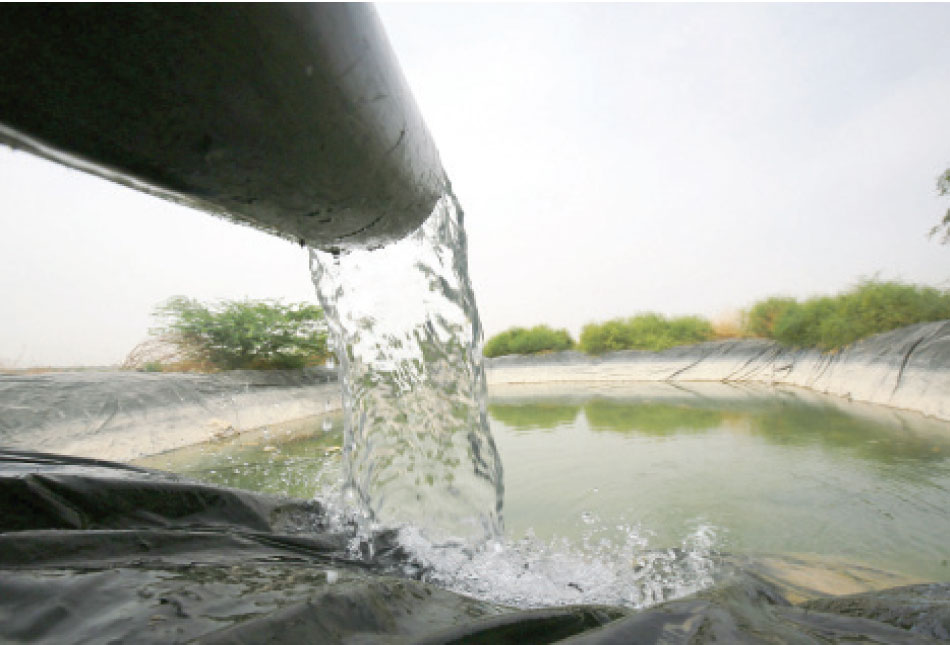There are traditional water-harvesting systems that communities in the Middle East and North Africa region can use to address the worsening water scarcity and arid climate if they are maintained.
The effects of climate change reduce the predictability of water availability in the Middle East and North Africa region, and in light of the widening impacts of water insecurity on health, food, society and the economy, the urgency is to explore sustainable ways through which water can be provided. water supplies.
As a warmer, drier future looms, some researchers are digging into the past. May they find solutions.
For centuries, dryland communities in the Middle East and North Africa region have managed to overcome the challenge of water scarcity by adopting traditional systems in managing this vital resource, which resulted in the provision of reliable water sources to meet the water needs of local communities in addition to its use in irrigation purposes.
Now scientists are realizing that these traditional systems can play an important role in enabling the region to mitigate the effects of worsening water stress.
“Countries can use these [traditional systems] to cope with water scarcity by leveraging some of the other available resources, and in many places this infrastructure still exists,” says Dale Lightfoot, professor emeritus of geography at Oklahoma State University, USA. And it is useful in it as long as people are keen on maintaining it and its continuous flow.”
Streaming channels in the Middle East and North Africa region
One of the most important traditional methods of water management in the Middle East and North Africa region is qanats, a system of collecting and transporting water that is believed to have originated more than 3,000 years ago in Persia.
Over the past century, dependence on these channels declined as a result of the emergence of modern water infrastructure and the migration of people from the countryside to cities, which resulted in some of these channels being suspended or dried up. Despite this, they still represent a basic source of water in many parts of the region, albeit differently. Its names, as it is known in the Kingdom of Morocco as “Al-Khattara”, in Algeria as “Al-Faqara”, in Oman as “Al-Aflaj”, and in the Kurdistan region of Iraq as “Kariz”.
The system of canals consists of a network of gently sloping underground passages that use gravity to bring water from aquifers to the surface of the earth, often extending to several kilometers, and from there the water is transported through an open passage for distribution for agricultural and domestic use. Since the rate of water flow in the canal is governed by the groundwater level, it is unlikely to cause the groundwater reservoir to drop significantly, and thus is a sustainable method of water harvesting.
Modern challenges confront the solutions of the past
The need for the water provided by the canals is greater than ever before, however, a host of challenges threaten the continued flow of water in these canals.
In Oman, for example, aflaj provide more than a third of the country’s need for irrigation water, and about 2,000 of those aflaj still flow with water, but the loss of agricultural land in favor of urbanization, competition between urban areas and the industrial sector over groundwater, and pollution caused by pesticides Insects and oil are all factors that threaten the aflaj system, according to Abdullah Saif Al-Ghafri, Professor of the UNESCO Chair in Aflaj Studies at the University of Nizwa in Oman.
Al-Ghafri points out that raising people’s awareness of the benefits of aflaj for sectors such as water, food, and eco-tourism is essential for preserving them. He says: “Aflaj were the source of life in Oman, and people used to take care of them when they had no other alternatives to enable them to survive, but now they have become less important, which has led to their deterioration, so we need to raise awareness of their importance through education; These systems are in harmony with nature.”












